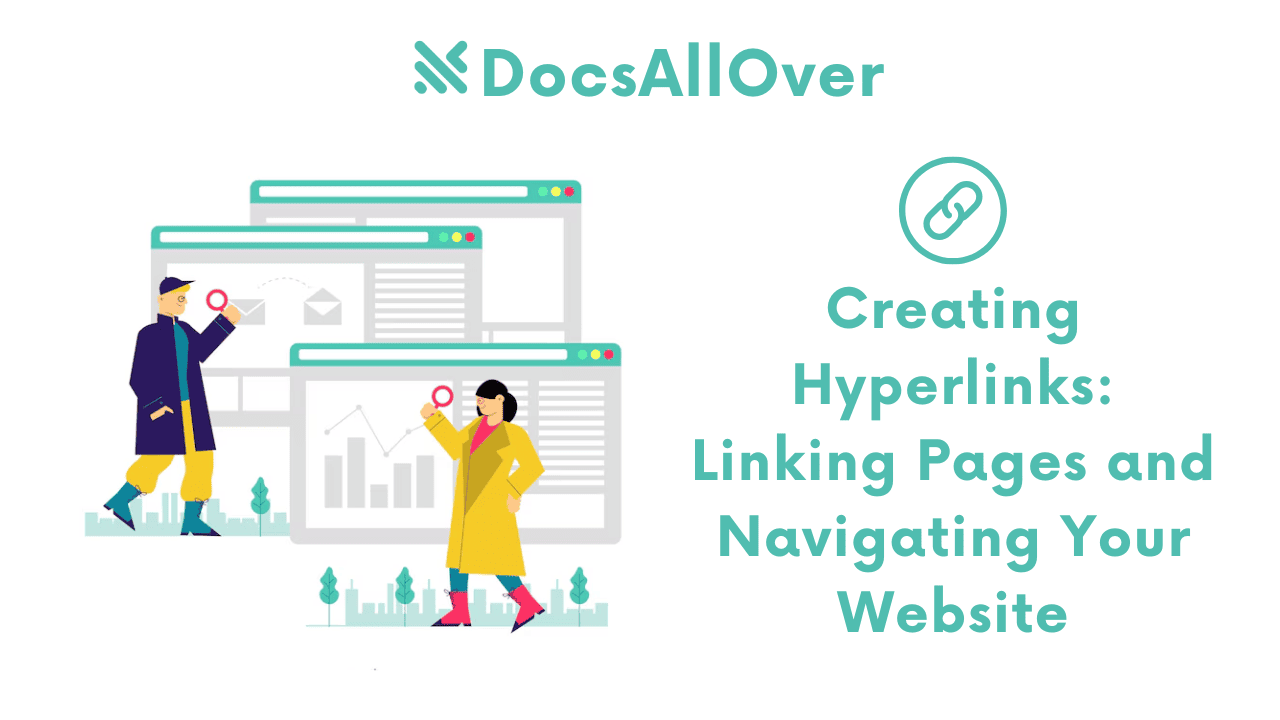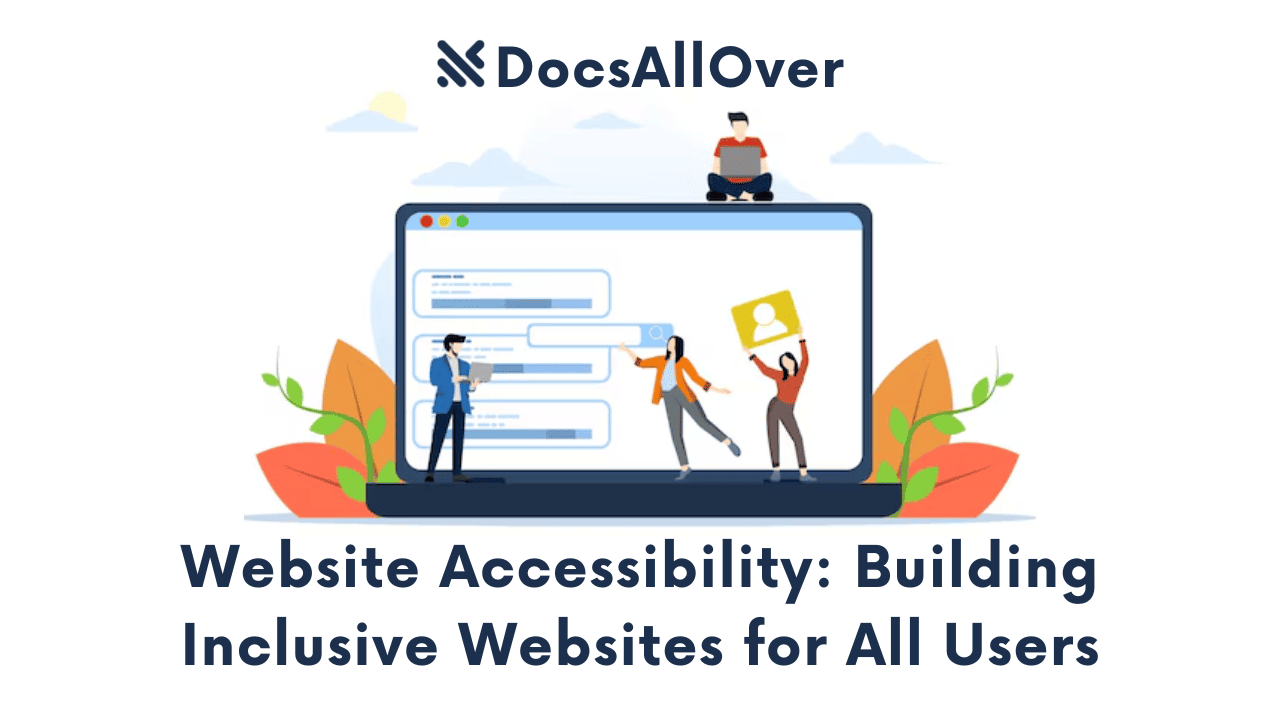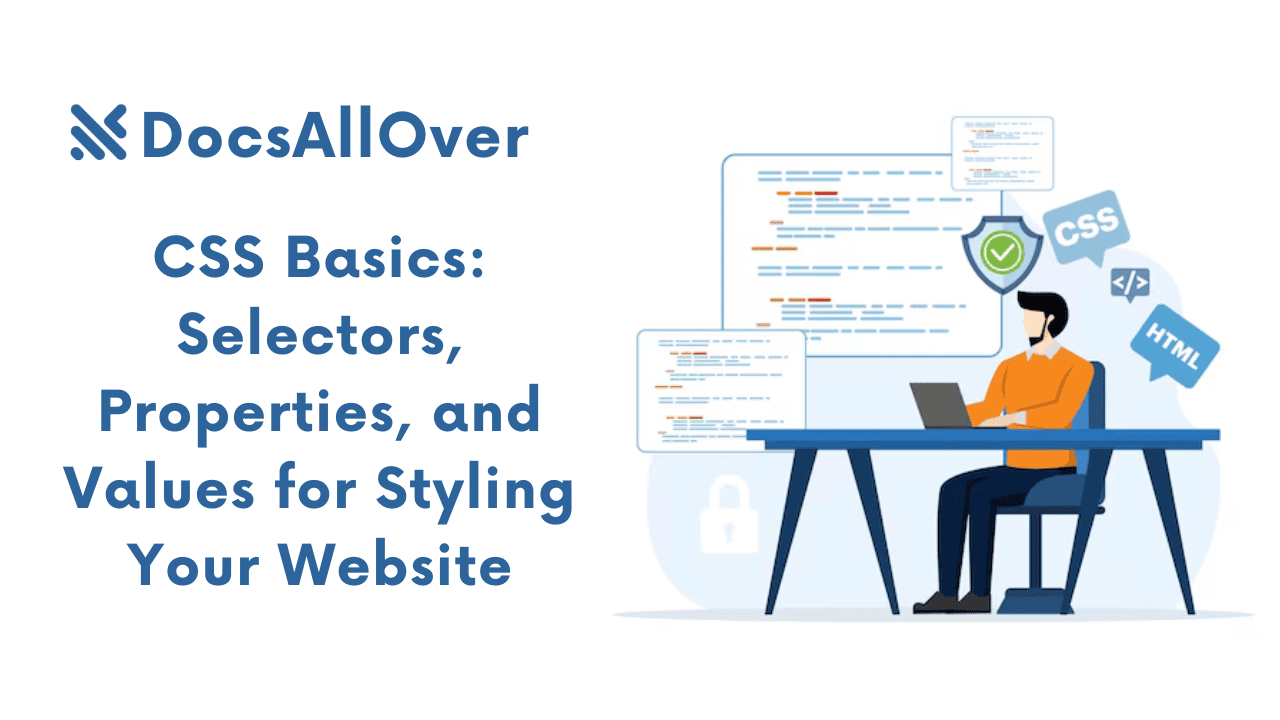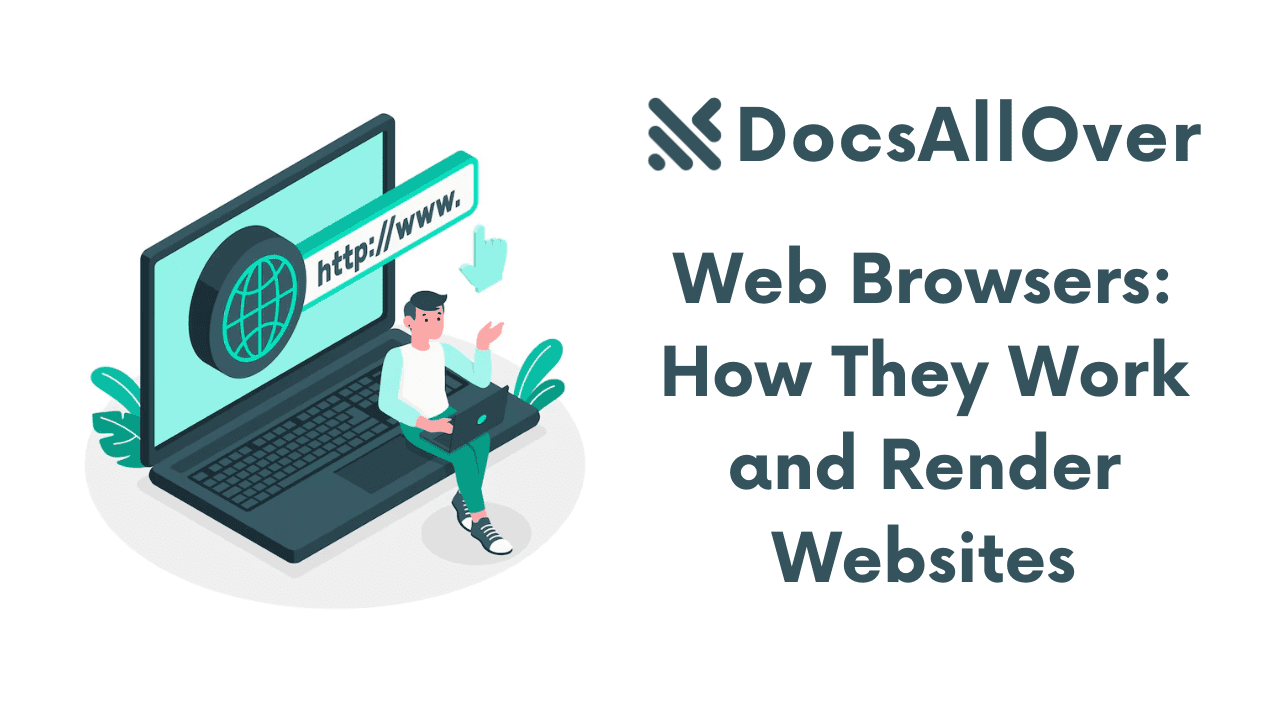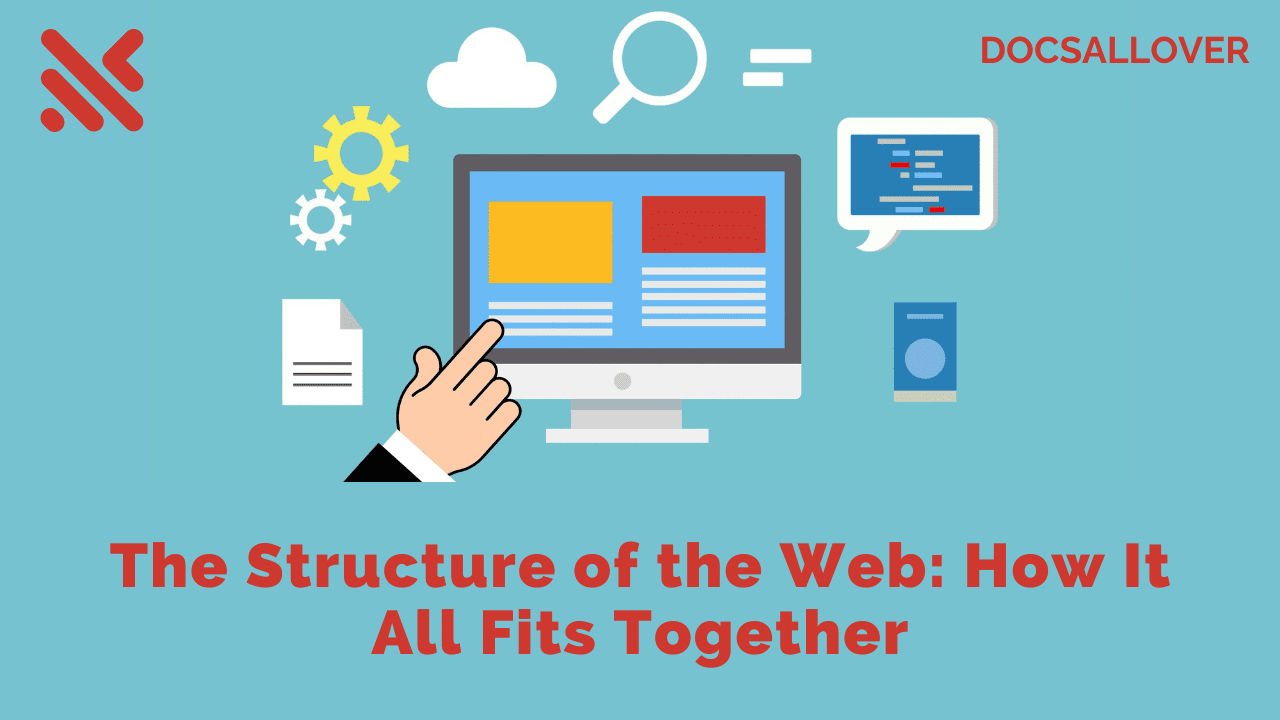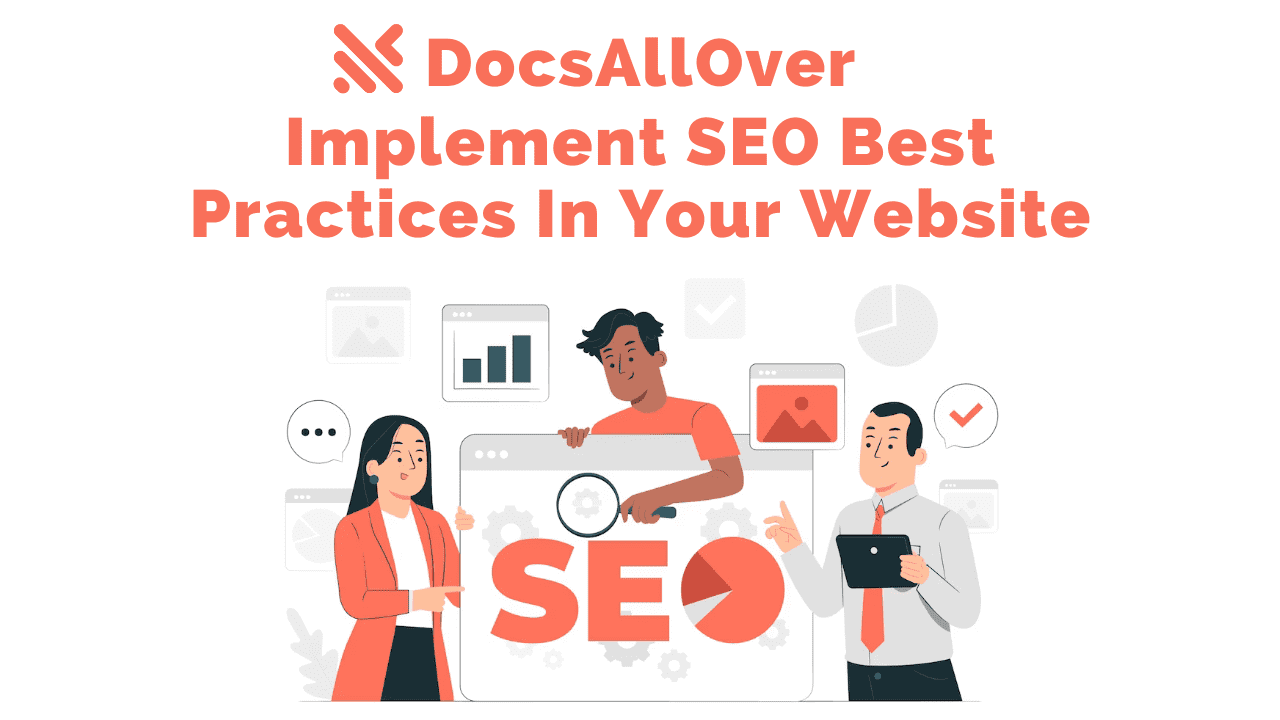Formatting Text with HTML: Headings, Paragraphs, and Lists
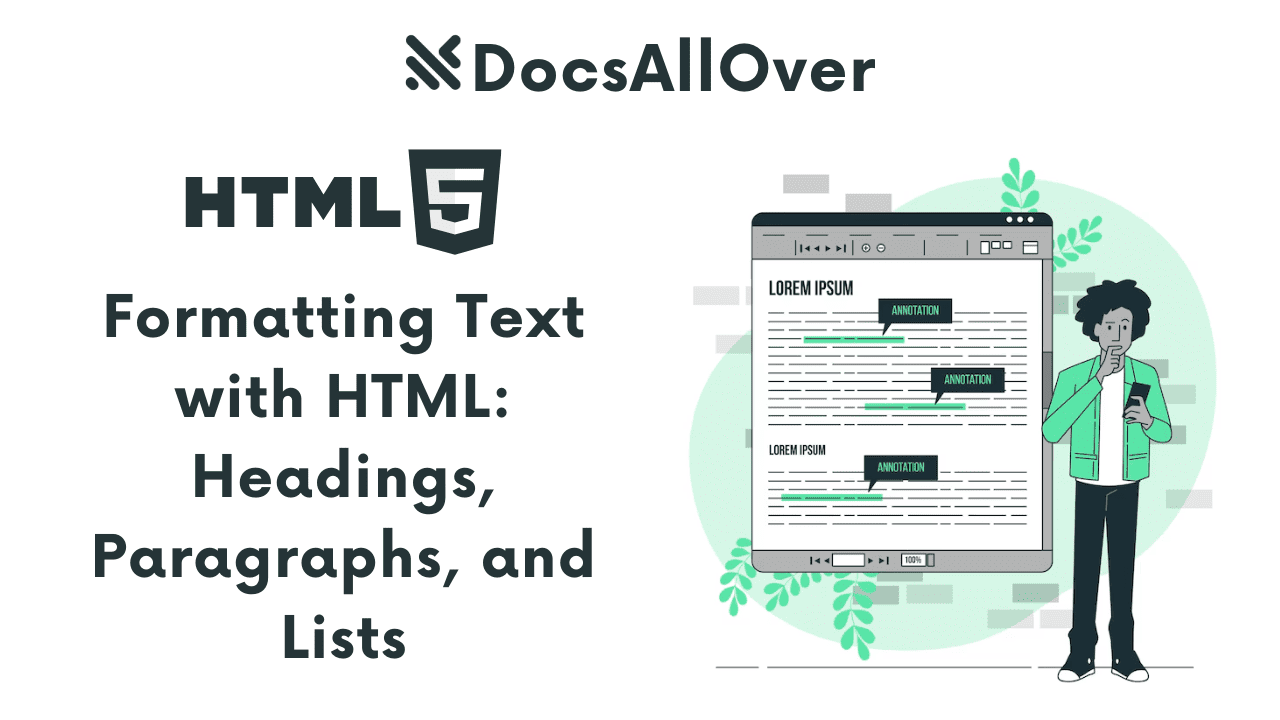
Why is Text Formatting Important in HTML?
- Text formatting in HTML is crucial because it transforms raw text into structured, readable, and accessible web content.
- It enhances the visual appeal and organization of web pages.
- Proper formatting improves user experience by making it easier for visitors to scan and understand the content.
- It also plays a significant role in SEO, as search engines rely on structured content to understand the context of web pages.
- Accessibility for users with disabilities relies heavily on proper semantic formatting.
- It allows for the creation of a clear hierarchy within the text.
Overview of Headings, Paragraphs, and Lists
- Headings (
<h1>to<h6>): These tags define the title and subtitles of your content, creating a hierarchical structure and indicating the importance of different sections. - Paragraphs (
<p>): These tags define blocks of text, separating them into distinct paragraphs for better readability. - Lists (
<ul>,<ol>,<dl>): These tags organize related information into lists, either unordered (bulleted), ordered (numbered), or definition lists (term-description pairs). - These three elements are the foundation of text based html content.
What We'll Cover in This Post
- This post will provide a beginner-friendly guide to formatting text with HTML.
- We'll explore the proper usage of heading, paragraph, and list tags.
- We'll discuss semantic importance and best practices.
- We'll provide practical examples to demonstrate how to use these tags effectively.
- We will cover how to combine these tags to create well structured documents.
HTML Headings
Understanding Heading Levels (h1 to h6)
- HTML provides six levels of headings, from
<h1>to<h6>. <h1>represents the most important heading (typically the main title of the page), while<h6>represents the least important.- The heading levels create a hierarchical structure, indicating the relative importance of different sections of content.
- Visually, browsers typically render
<h1>as the largest and boldest heading, with subsequent levels decreasing in size. - It is important to use these heading levels in the correct order, without skipping levels.
Proper Usage of Heading Tags
- Use
<h1>for the main title of the page. - Use
<h2>for major sections within the page. - Use
<h3>to<h6>for subsections within those sections. - Do not use heading tags for styling purposes; use CSS for visual presentation.
- Ensure that the heading structure accurately reflects the content hierarchy.
- Only use one h1 tag per page.
Semantic Importance of Headings
- Headings provide semantic meaning to the content, indicating its structure and importance.
- Search engines use headings to understand the context and relevance of a web page.
- Screen readers rely on headings to help users with visual impairments navigate the content.
- Properly used headings contribute to better accessibility and SEO.
- Using the correct heading tags allows search engines to better understand the content of your web pages.
Examples of Heading Usage
In the example above, the <h1> tag defines the main title, <h2> tags define the main sections, and <h3> tags define the subsections.
HTML Paragraphs
The <p> Tag and Its Purpose
- The
<p>tag in HTML is used to define a paragraph of text. - Its purpose is to structure and separate blocks of text, making them more readable.
- Browsers automatically add a vertical margin before and after each
<p>element, creating visual separation between paragraphs. - It is a block-level element, meaning it starts on a new line and takes up the full width of its container.
Structuring Content with Paragraphs
- Use the
<p>tag to break up long blocks of text into smaller, more manageable chunks. - Each
<p>tag should contain a coherent thought or idea. - Combine paragraphs with headings to create a clear and logical structure for your content.
- Paragraphs improve the overall readability and user experience of your web pages.
- By using paragraphs, you create visual breaks that allow the reader's eye to rest.
Line Breaks and Spacing in Paragraphs
- Browsers automatically handle line breaks and spacing within a paragraph.
- To force a line break within a paragraph, use the
<br>tag (break tag). - The
<br>tag should be used sparingly, and only when a true line break is needed within the context of a paragraph. - Avoid using multiple
<br>tags to create vertical spacing; use CSS margins or padding for styling purposes. - Extra white space within the html paragraph tag is ignored by the browser.
Examples of Paragraph Usage
In the example above, each <p> tag creates a separate paragraph, improving the readability of the text. The final paragraph demonstrates the use of the <br> tag to force a line break within the paragraph.
HTML Lists
Ordered Lists (<ol>)
- When to Use Ordered Lists:
- Use ordered lists when the order of the items is important.
- Examples: step-by-step instructions, ranked lists, recipes, or processes that need to occur in a specific sequence.
- The
<li>(List Item) Tag:- The
<li>tag is used to define each item within the ordered list. - Each item in the list should be enclosed in an
<li>tag.
- The
- Customizing Ordered Lists (e.g., list-style-type):
- You can customize the appearance of ordered lists using CSS properties like list-style-type.
- Examples:
decimal,lower-alpha,upper-roman.
- Examples of Ordered Lists:
Unordered Lists (<ul>)
- When to Use Unordered Lists:
- Use unordered lists when the order of the items is not important.
- Examples: bulleted lists of related items, navigation menus, or lists of features.
- The
<li>(List Item) Tag:- Same as with ordered lists, the
<li>tag defines each item within the unordered list.
- Same as with ordered lists, the
- Customizing Unordered Lists (e.g.,
list-style-type):- You can customize the appearance of unordered lists using CSS properties like
list-style-type. - Examples:
disc,circle,square.
- You can customize the appearance of unordered lists using CSS properties like
- Examples of Unordered Lists:
Definition Lists (<dl>)
- When to Use Definition Lists:
- Use definition lists to display terms and their definitions or descriptions.
- Examples: glossaries, dictionaries, or lists of terms and their explanations.
- The
<dt>(Definition Term) and<dd>(Definition Description) Tags:- The
<dt>tag defines the term. - The
<dd>tag defines the description or definition of the term.
- The
- Examples of Definition Lists:
Combining Headings, Paragraphs, and Lists
Creating Structured Documents:
- Combining headings, paragraphs, and lists allows you to create well-structured and organized documents.
- Use headings to define the hierarchy of your content, paragraphs to present detailed information, and lists to organize related items.
- Start with an
<h1>heading for the main title, followed by<h2>headings for main sections. - Use paragraphs within each section to explain the content in detail.
- Use ordered or unordered lists to present related items in a clear and concise manner.
- Definition lists are great for defining terms in a glossary, or for FAQ sections.
- This combination improves readability and helps users navigate the content easily.
Nested Lists and Complex Layouts:
- HTML allows you to nest lists within other lists to create complex layouts.
- For example, you can nest an unordered list within an ordered list or vice versa.
- Nested lists are useful for creating outlines, sub-menus, or multi-level instructions.
- Be mindful of the level of nesting to avoid making the content too complex.
- Use indentation to visually represent the nesting structure in your HTML code.
- Example:
Tips for Readability and Accessibility:
- Use Semantic HTML: Use the appropriate HTML tags for their intended purpose.
- Logical Structure: Ensure that the heading hierarchy and list structure are logical and reflect the content's organization.
- Concise Paragraphs: Keep paragraphs short and focused to improve readability.
- White Space: Use white space to create visual separation between elements.
- Alternative Text (alt text): If you include images within your content, provide descriptive alternative text for accessibility.
- Keyboard Navigation: Design your content to be navigable using the keyboard.
- Screen Reader Compatibility: Test your content with screen readers to ensure it is accessible to users with visual impairments.
- Contrast: Ensure sufficient contrast between text and background colors for users with visual impairments.
- Responsive Design: Design your content to be responsive and adapt to different screen sizes.
- Use ARIA attributes: When needed, use ARIA attributes to add semantic meaning that cannot be achieved with plain HTML.
Best Practices and Common Mistakes
Using Headings for Structure, Not Style:
- Best Practice: Use headings to define the hierarchical structure of your content, not for visual styling.
- Common Mistake: Using
<h1>to<h6>tags solely to change the font size or appearance of text. - Explanation: Headings have semantic meaning, indicating the importance and organization of content. Search engines and screen readers rely on this structure. Use CSS for visual styling.
- Example:
- Incorrect:
<h1 style="font-size: 12px;">Small Title</h1> - Correct:
<h2>Small Title</h2>(If it's a subsection) and use CSS to styleh2.
- Incorrect:
Avoiding Empty Paragraphs:
- Best Practice: Avoid using empty
<p></p>tags to create vertical spacing. - Common Mistake: Using empty paragraphs for visual spacing.
- Explanation: Empty paragraphs add unnecessary markup and can confuse screen readers. Use CSS margins or padding to control spacing.
- Example:
- Incorrect:
<p>Content</p><p></p><p>More Content</p> - Correct:
<p style="margin-bottom: 20px;">Content</p><p>More Content</p>or use a CSS class.
- Incorrect:
Proper Nesting of Lists:
- Best Practice: Ensure that lists are properly nested within their parent list items.
- Common Mistake: Incorrectly nesting lists, leading to invalid HTML and rendering issues.
- Explanation: Lists should be nested within
<li>tags, not directly within<ol>or<ul>tags. - Example:
Semantic HTML Practices:
- Best Practice: Use HTML tags according to their semantic meaning.
- Common Mistake: Using tags for visual appearance rather than their intended purpose.
- Explanation: Semantic HTML improves accessibility, SEO, and maintainability. Use tags like
<article>,<section>,<nav>,<aside>, and<header>appropriately. - Examples:
- Use
<nav>for navigation menus. - Use
<article>for self-contained content. - Use
<section>to group related content. - Use
<strong>for strong emphasis and<em>for emphasis, not<b>or<i>which are presentational. - Use
<address>for contact information.
- Use
- Benefits:
- Improved accessibility for users with disabilities.
- Better understanding of content by search engines.
- Easier maintenance and updates.
- Cleaner and more organized code.

